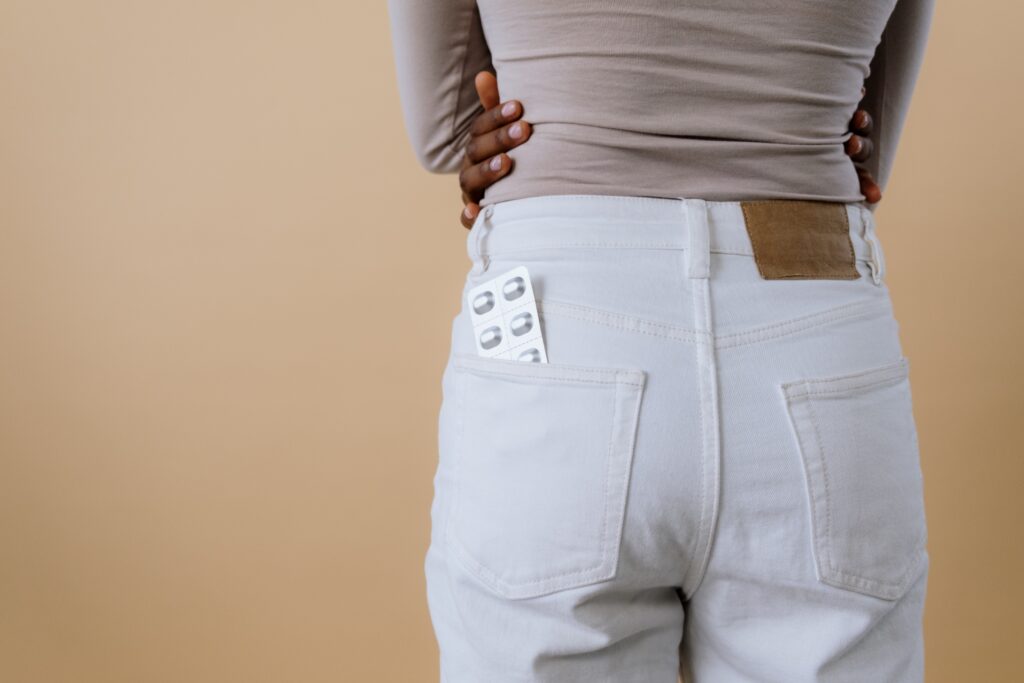Misuse of prescription painkillers, antidepressants, and other prescription drugs is a growing problem, and women are being disproportionately impacted. Medications affect men and women differently, but this is just part of the problem. Following are some of the reasons women may be more prone to addiction, the problems women face as a result, and how to find help for yourself or a loved one who is addicted to prescription drugs.
What Is prescription drug abuse?
Using medications in greater amounts, more frequently, or for a longer duration than prescribed, or obtaining and using medications without a prescription, constitutes misuse of prescription medications.
The process by which this happens is subtle and complex, involving both individual and societal factors. Doctors feel pressured to write prescriptions by patients in quest of quick relief, and pharmaceutical companies market aggressively to both. Toss in a pandemic, with associated spikes in stress, anxiety, and chronic pain, and people seeking pharmaceutical solutions for these conditions, and a public health crisis is afoot.
It’s biological
Female sex hormones make women more sensitive to some drugs, with greater (or different) effects on the brain and cardiovascular system than in men. As a result, women become addicted to substances faster and from consuming smaller amounts, and drug cravings and relapses are more prevalent in women.
Hormonal imbalances and reproductive health problems, from menstrual and fertility issues all the way through menopause, often go hand-in-hand with substance abuse issues and may be a potential causative factor.
Women also take medications for different reasons than men. Studies show that women are more susceptible to chronic pain, and doctors are more likely to prescribe pain meds to women and at higher doses than for men. Subsequently, being more sensitive to the effects of pain medicines, women become addicted more readily.
… And it’s cultural
Society places different expectations on men and women regarding behavior and societal roles, which can lead to different drug-seeking behaviors. And certain stressful life circumstances, such as going through a divorce or losing custody of a child, lead to substance use disorder in women more frequently than in men. Also, for cultural reasons, women have historically been excluded from substance abuse research; therefore, treatment for women has been largely ineffective.
Mental health and prescription drug abuse
Some mental health conditions, such as depression, anxiety, eating disorders, and PTSD, which are particularly correlated with substance abuse, are more common in women. For women more than men, a history of traumatic childhood events has been linked to substance abuse. Women are more likely to use mood stabilizers, weight loss drugs, stimulants, and painkillers to address these health issues.
Women and the opioid crisis
Opioid use disorder is associated with victims of domestic violence, who are disproportionately women. The rates of opioid overdose deaths in women are increasing at nearly double the rates in men. Though doctors tend to prescribe higher doses of opioids to women and for longer amounts of time than men, one study found that emergency personnel were three times less likely to administer naloxone to women overdosing on opioids. Additionally, when seeking treatment, women who are addicted to opioids cannot use some types of medication-assisted therapy if they are pregnant or breast feeding.
Substance use during pregnancy
More women abusing prescription medications means substance abuse among pregnant women is also on the rise, with potentially increased risk of miscarriage or harm to the baby. The use of prescription painkillers increases the risk of stillbirth by two to three times. It is estimated that every 25 minutes, a baby born to a drug-addicted mother goes through drug withdrawal, and rates continue to increase.
After giving birth, women face additional hurdles to obtaining treatment due to fears around possible legal reprisal and social stigma, as well as problems finding or affording child care and managing household responsibilities during treatment.
Among older women the trend reverses
A 2020 study of adults 50 years of age and older found that women are less likely to abuse medications than their male counterparts. This is in spite of the fact that women are more likely to be prescribed pain relievers and tranquilizers and more likely to be prescribed multiple medications concurrently.
Treatment for prescription drug abuse
Though the epidemic of pharmaceutical drug addiction is a serious threat to women’s health and public health, resources are available. There are medications to help manage withdrawal symptoms from opioids, sedatives, and anti-anxiety drugs. Counseling can identify the underlying causative factors and provide learning skills and strategies to prevent relapse, along with the support of trusted family and friends, a 12-step or faith group, or a school or workplace counselor.
For help accessing services or if immediate intervention is needed, the U.S. Department of Health and Human Services offers a free, confidential crisis hotline at 1-800-662-4357, online at 988lifeline.org, or by texting 988.
